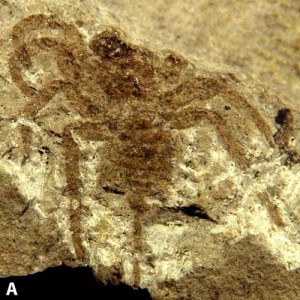- Joined
- Aug 7, 2001
- Messages
- 54,631
I find one reference to attercop in Shakespeare:
Full text of "Natural history in Shakespeare's time: being extracts illustrative of the subject as he knew it"
CENTRE for REFORMATION and RENAISSANCE STUDIES
VICTORIA UNIVERSITY TORONTO
...
Sapphire.
MRRV Wves OF WINDSOR, V. 5' 75"
S.,VVUV, is a precious stone, and is blue in colour, and
most liketo heaven in fair weather and clear, and is best
among precious stones, and most precious, and most apt and
able to fingers of kings, for it lighteneth the body, and
keepeth and saveth limbs whole and sound. In the same
veins of Sapphire in the middle is a certain kind of car-
buncle found; therefore many men ween that the Sapphire
is the carbuncle's mother. And the Sapphire hath wrtue
to rule and accord them that be in strife, and helpeth
much to make peace and accord. Also it hath virtue to
abate unkind [unnatural] heat, for the Sapphire cooleth
much the heat of burning fevers, if it be hanged [aigh the
pulse and the veins of the heart. Also it hath vrtue to
comfort and to glad the heart. His virtue is contrary to
venom, and quencheth it every deal. And if thou put an
attercop [spider] in a box, and hold a very Sapphire of
[The quote ends there!]
https://www.archive.org/stream/naturalhistory00seaguoft/naturalhistory00seaguoft_djvu.txt
But knowing where to look helps, so here goes: but it's still too time-consuming, so I leave it to anyone more expert than I.
Full text of "Natural history in Shakespeare's time: being extracts illustrative of the subject as he knew it"
CENTRE for REFORMATION and RENAISSANCE STUDIES
VICTORIA UNIVERSITY TORONTO
...
Sapphire.
MRRV Wves OF WINDSOR, V. 5' 75"
S.,VVUV, is a precious stone, and is blue in colour, and
most liketo heaven in fair weather and clear, and is best
among precious stones, and most precious, and most apt and
able to fingers of kings, for it lighteneth the body, and
keepeth and saveth limbs whole and sound. In the same
veins of Sapphire in the middle is a certain kind of car-
buncle found; therefore many men ween that the Sapphire
is the carbuncle's mother. And the Sapphire hath wrtue
to rule and accord them that be in strife, and helpeth
much to make peace and accord. Also it hath virtue to
abate unkind [unnatural] heat, for the Sapphire cooleth
much the heat of burning fevers, if it be hanged [aigh the
pulse and the veins of the heart. Also it hath vrtue to
comfort and to glad the heart. His virtue is contrary to
venom, and quencheth it every deal. And if thou put an
attercop [spider] in a box, and hold a very Sapphire of
[The quote ends there!]
https://www.archive.org/stream/naturalhistory00seaguoft/naturalhistory00seaguoft_djvu.txt
But knowing where to look helps, so here goes: but it's still too time-consuming, so I leave it to anyone more expert than I.






 I'm struggling to take in as much as I can in the short time I currently have but I'll give it a proper read later. It is interesting that an item of folkloric wildlife could be created and accrue a reality and validity of its own, perhaps in quite a short space of time. Certainly, I'd be trilled to read a column on the attercroppe by you in FT some time. Thank you again for your work!
I'm struggling to take in as much as I can in the short time I currently have but I'll give it a proper read later. It is interesting that an item of folkloric wildlife could be created and accrue a reality and validity of its own, perhaps in quite a short space of time. Certainly, I'd be trilled to read a column on the attercroppe by you in FT some time. Thank you again for your work!